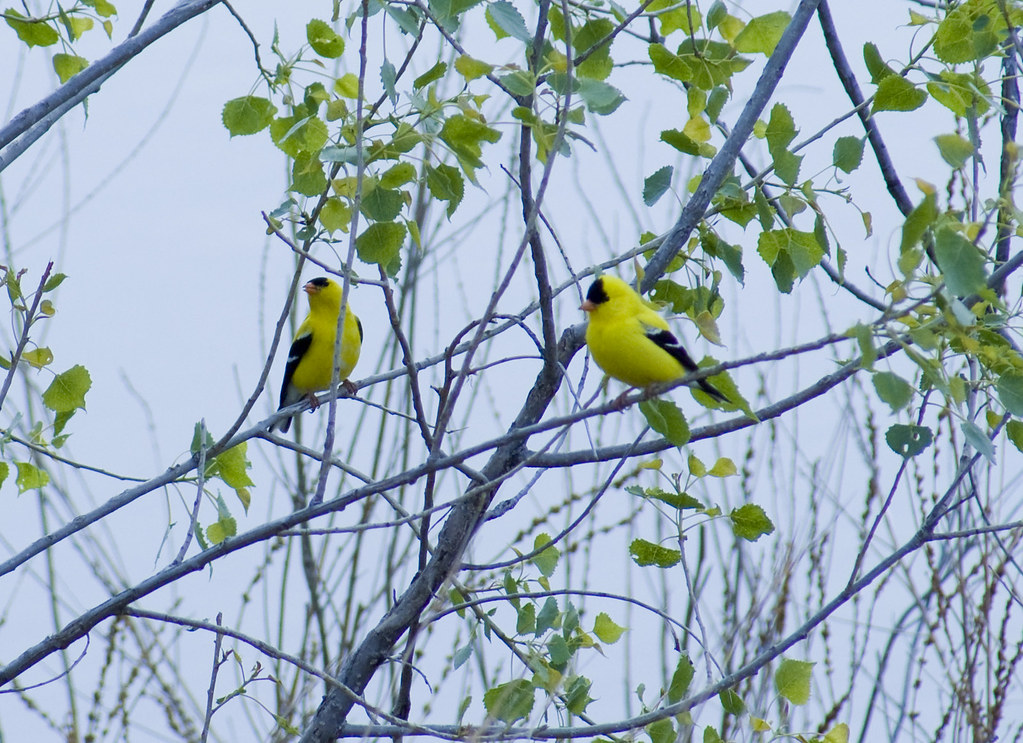
What is it?
Bird watching is a specific form of wildlife observation focused on finding and watching birds in their natural habitat. Not to be confused with ornithology (which is the scientific study of birds), the aim of bird watchers is merely to observe, and to find as many different types of birds as they can.
What does it involve?
In general, bird watching involves locating and observing birds in their natural environment without disturbing them too much. It can involve quite a large amount of patience and determination if trying to locate a specific bird, but is a great way of appreciating the natural world.
Why do it and what are the benefits?
Bird watching can greatly improve personal attitudes towards nature and the environment, and teaches perseverance and passion for a topic. Spending time outside can also be incredibly relaxing and it can be refreshing to get away from buildings and technology.
What equipment do we need?
You shouldn't need more equipment than your eyes or perhaps some binoculars for bird watching! It might also be a good idea to do some research beforehand on types of birds you wish to see and what is common to your area so you can check them off as you go along!
Who is it suitable for?
Bird observation is fairly risk free so is suitable for all ages, but younger groups may find it hard to concentrate on the task as it involves being fairly quiet and observing the environment carefully!
Costs?
Other than access to certain parks, bird watching should cost you nothing!
Issues/Things to think about? (unsuitable for age groups, medical conditions etc)
Bird watching is a fairly specific area of interest, so bear in mind the interests of the group when considering this as an activity.
How do we include?
This is a pastime that should be easy for people of abilities to enjoy, as it doesnt require too much activity - just an interest in the surroundings!
Doing it abroad?
Bird watching in a foreign country could be great for those who are interested in the topic, as it can provide an opportunity to see many birds that aren't present in the UK!
Main website:
This page (link is external) has some great general information about bird watching.





